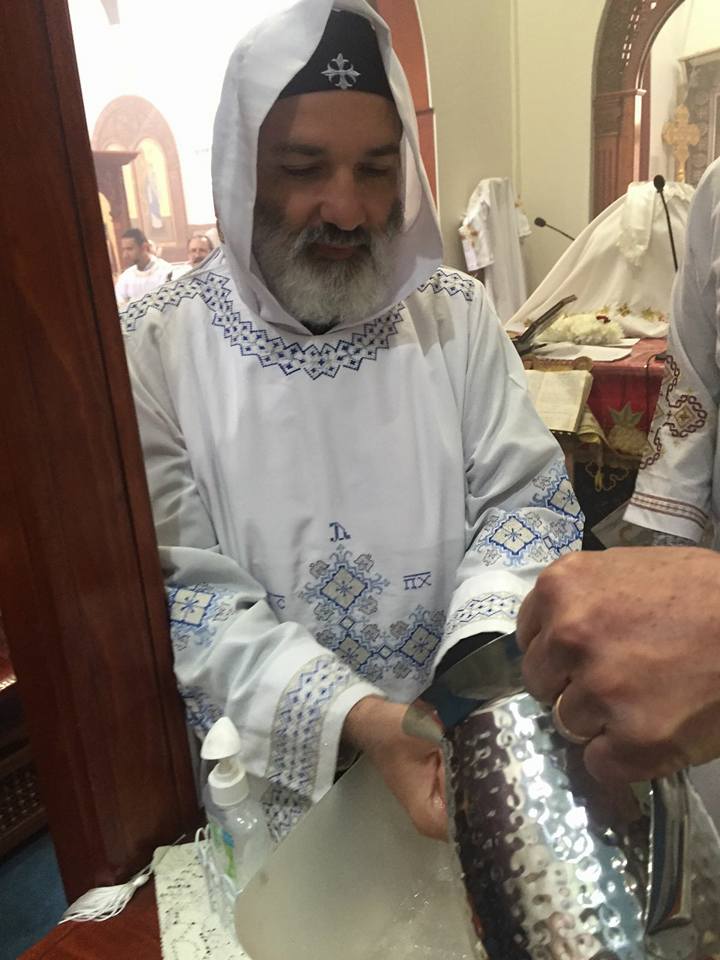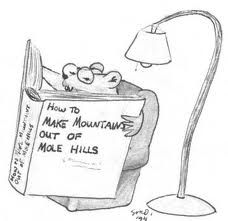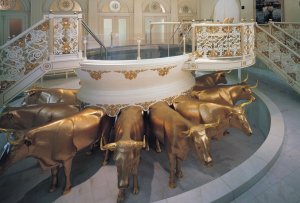dzheremi
Coptic Orthodox non-Egyptian
- Aug 27, 2014
- 13,565
- 13,723
- Country
- United States
- Faith
- Oriental Orthodox
- Marital Status
- Private
So what about the Forgotten Books of Eden?
You mean this collection? What about it? I've only just looked it up, and it appears to be a 20th century collection of early pseudepigraphia, Gnostic texts, some letters of the early Church Fathers (particularly Ignatius of Antioch), apocrypha, etc. There is no suggestion that any of it should have been a part of the canon, as its arguably most popular manuscript, the Shepherd of Hermas, was very controversial even in the 2nd and 3rd centuries when it also enjoyed much popularity, to the point that Tertullian (d. 220) could write of it as follows (in reply to Pope Callixtus' argument that it should be part of the scriptural canon): "I would admit your argument, if the writing of The Shepherd had deserved to be included in the Divine Instrument, and if it were not judged by every council of the Churches, even of your own Churches, among the apocryphal and false."
The works appearing under the shorter title as you have given it (The Forgotten Books of Eden alone) are also of diverse origins. Apparently at least 4 Maccabees is in the canon of one particular Church (the Georgian Orthodox Church, one of the Eastern Orthodox churches), and until 17th century was in Romanian Orthodox (another EO church) bibles, but has since fallen out of favor. Here I will remind the reader that in the East the canon has never been closed, so it is not a problem that this should be the case. Other parts of this collection come from the Ge'ez (Oriental Orthodox of Ethiopia and Eritrea) tradition, such as The Conflict of Adam and Eve with Satan, with the caveat that they never even formed a part of the scriptural canon with that particular tradition to begin with (notable perhaps because the Ethiopian/Eritrean Biblical canon is the largest of all Christian churches). Still others come from Aramaic Jewish or Christian Syriac sources (Ahikar, the Odes of Solomon), and still others come from Hellensitic Jewish sources, like the Letter of Aristeas.
So it's all over the place, and in no sense outside of the very narrow acceptance of one particular book by the Georgians and the Romanians has any of it ever been considered scripture in any church.
Upvote
0



